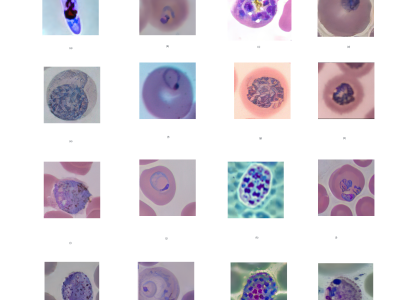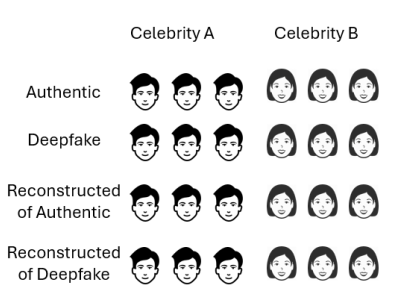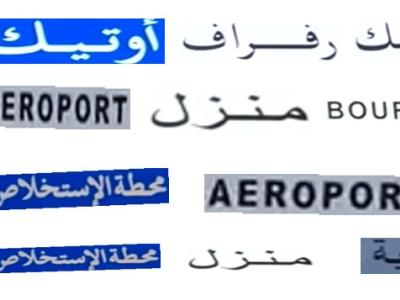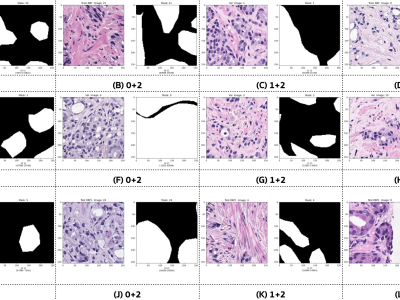
- Categories:


In today’s context, it is essential to develop technologies to help older patients with neurocognitive disorders communicate better with their caregivers. Research in Brain Computer Interface, especially in thought-to-text translation has been carried out in several languages like Chinese, Japanese and others. However, research of this nature has been hindered in India due to scarcity of datasets in vernacular languages, including Malayalam. Malayalam is a South Indian language, spoken primarily in the state of Kerala by bout 34 million people.

The Deepfake face detection task involves a facial image of unknown authenticity for testing. While most deepfake detection methods take only the image as input, our literature demonstrates that conditioning the deepfake detector on identity—i.e., knowing whose deepfake face the picture might be—can enhance detection performance. Existing deepfake detection datasets, such as FaceForensics++ and DFDC, do not include identity information for authentic and deepfake faces.

The presented dataset encompasses a diverse collection of road images captured under a multitude of environmental conditions, specifically sourced from Tunisian highways. Comprising textual annotations in two languages, this dataset is tailored to facilitate research and development in the domain of scene understanding, language processing, and bilingual context analysis. The collection includes 2006 word pictures with Latin and Arabic text occurrences that were taken from 3000 road scene images. The dataset's versatility enables investigations into the robustness of la

The presented dataset encompasses a diverse collection of road images captured under a multitude of environmental conditions, specifically sourced from Tunisian highways. Comprising textual annotations in two languages, this dataset is tailored to facilitate research and development in the domain of scene understanding, language processing, and bilingual context analysis. The collection includes 2006 word pictures with Latin and Arabic text occurrences that were taken from 3000 road scene images. The dataset's versatility enables investigations into the robustness of la

Indoor intelligent perception systems have gained significant attention in recent years. However, accurately detecting human presence can be challenging in the presence of nonhuman subjects such as pets, robots, and electrical appliances, limiting the practicality of these systems for widespread use.
In this data port, we build the first comprehensive WiFi dataset of motion from various sources in real-world contexts. It includes WiFi data of humans, pets, cleaning robots, and fans.

We downloaded the dataset of Hindi Poems from the Website, contains around 2500 poems the downloaded dataset link is: link In the initial phase of our data preprocessing pipeline, we collected text data from a diverse set of HTML files, totaling 2500 documents. These files, constituting a substantial corpus, were meticulously curated for subsequent analysis. To facilitate further investigation, we amalgamated all the extracted text into a consolidated text file, a crucial step in preparing the data for subsequent processing.

Prostate cancer is a major global health challenge. In this study, we present an approach for the detection and grading of prostate cancer through the semantic segmentation of adenocarcinoma tissues, specifically focusing on distinguishing between Gleason patterns 3 and 4. Our method leverages deep learning techniques to improve diagnostic accuracy and enhance patient treatment strategies. We developed a new dataset comprising 100 digitized whole-slide images of prostate needle core biopsy specimens, which are publicly available for research purposes.

In contemporary digital environments, the development of a high-resolution synthetic Latin character dataset holds paramount significance across various real-world applications within the domains of computer vision and artificial intelligence. This relevance extends from tasks such as image restoration to the implementation of sophisticated recognition systems.

This is a data set needed in a research article. It is mainly about the field of reservoirs. There are some files in it. The data are obtained from the files. Readers can use the data they want to verify after learning about the relevant articles. Data are tested to verify the results.